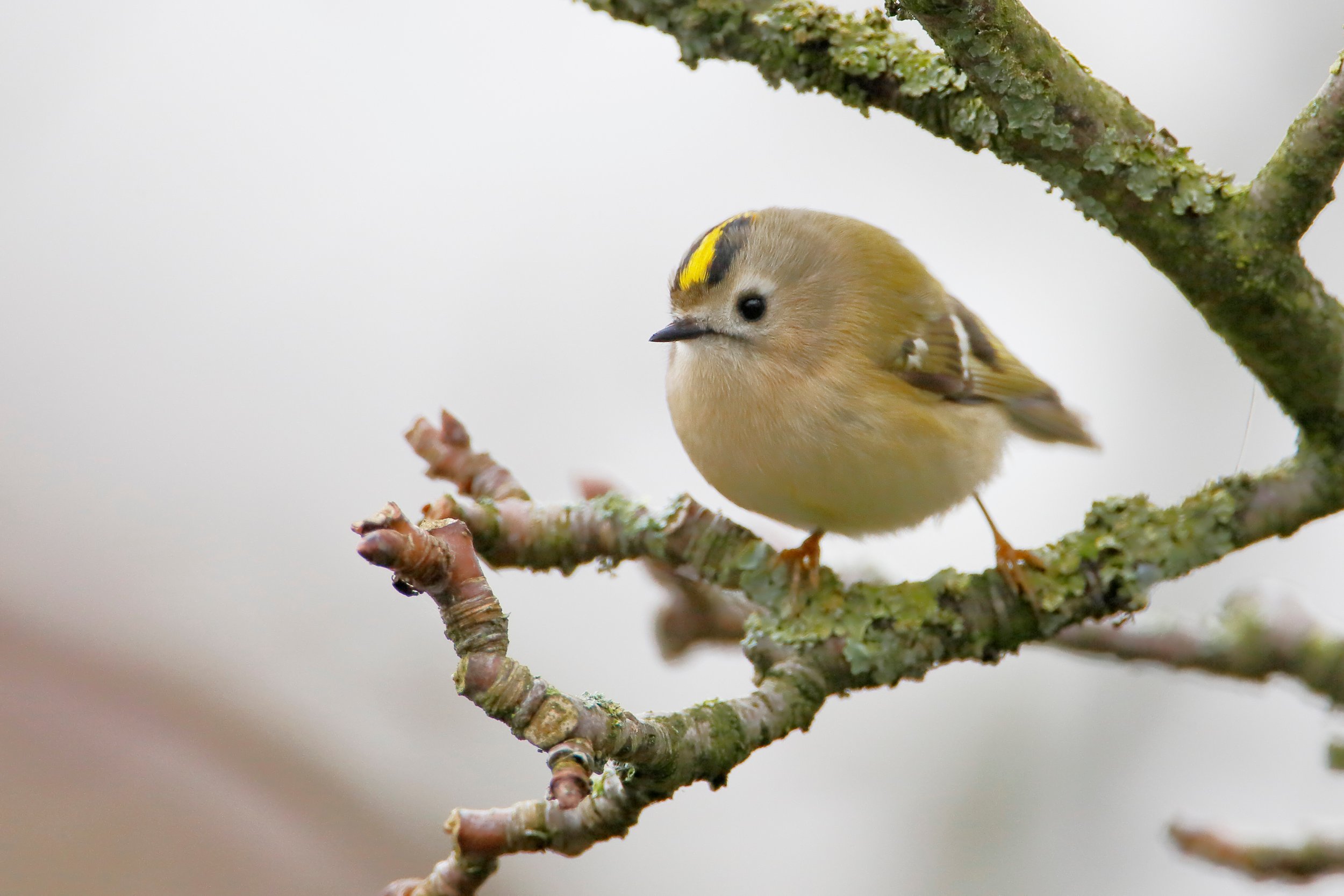Garden birds in Winter
I’ve just been watching a small flock of Long-tailed tits flitting about a hawthorn hedge in the garden. This species, which I have aptly heard described as looking like lollipops, often visit gardens in the winter. Long-tailed tits mainly feed on insects and invertebrates, including insect eggs and caterpillars. They find their food in trees, shrubs and other vegetation. They will eat seeds in winter when their preferred food is scarce and will often visit bird feeders
Long-tailed tit
Bird Feeders
Many species of birds will gravitate to gardens in winter when there is less food in the surrounding area. Supplementary feeding provides a valuable source of food. Feeders will be visited on balconies and windsills as well as in gardens. The RSPB provides very useful information on helping birds in your garden in winter.
What birds prefer to eat in the wild depends on their species and what is available. Some species are more adaptable than others, able to switch food type when their preference is scarce and an alternative more available. Long term, the best way to support birds in winter in our gardens is for gardens to be as full of wildlife as possible, providing a range of different foods for birds. Birds won’t need to wait for the feeder to be re-filled. Encouraging lots of native wildflowers and other vegetation attracts insects. Leaving seedheads over winter and not being too tidy provides shelter for small invertebrate.
A Robin at Chalkill
Here is what some of our most common garden visitors like to eat.
Insects
Goldcrests, Wrens and Chiffchaffs prefer not to take food from bird feeders. They eat tiny morsels such as very small insects, also spiders and moth eggs, which they find among vegetation. These are in short supply when the weather is cold, and many Goldcrests don’t make it through the winter.
Goldcrest
Earthworms and snails
Blackbirds and Song thrushes are ground-feeding birds and will search garden lawns for earthworms, snails as well as insects. They will also eat berries in the hedgerow in autumn.
As any gardener will know Robins also enjoy earthworms and one will usually be nearby when you are working in the garden keeping an eye out for a worm becoming unearthed. Robins also eat beetles and spiders, and berries from trees and shrubs.
Images: Song thrush and Blue tit
Caterpillars
Blue tits are known for eating very large quantities of caterpillars, especially to feed their young in the spring. They will also eat a wide variety of other foods including insects and spiders, as well as seeds, nuts and fruit.
Seeds
House sparrows eat seeds which they pick from shrubs and other plants as they forage in the garden. In the summer they catch aphids and caterpillars to feed their young. Finches such as Chaffinches and goldfinches also eat seeds. The bill of a goldfinch allows it to take small seeds from plants such as teasels and thistles. Chaffinches and goldfinches also take invertebrates during the summer.
Images: House sparrow and Goldfinch
Small mammals
Some birds which commonly visit gardens, such as the Tawny owl, eat small mammals such as voles and mice. Many Corvids such as crows and magpies will eat carrion as well as a wide range of other food such as fruit, seeds, invertebrates and other birds eggs.
Identifying birds in your garden
If you’re curious to know which bird species are visiting your garden I can recommend the Merlin bird app. The Sound ID function listens to the birds around you and suggests who’s singing.







